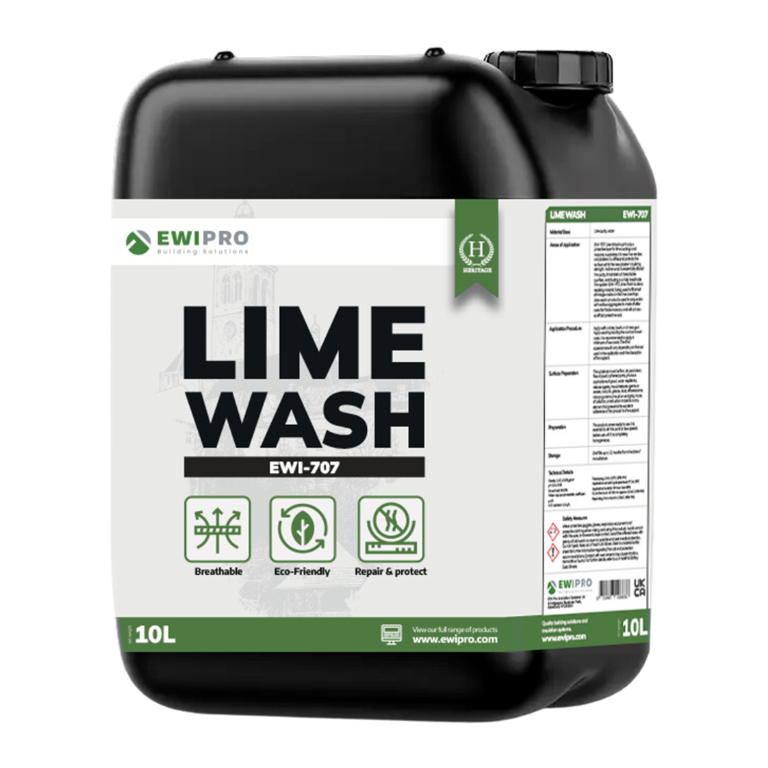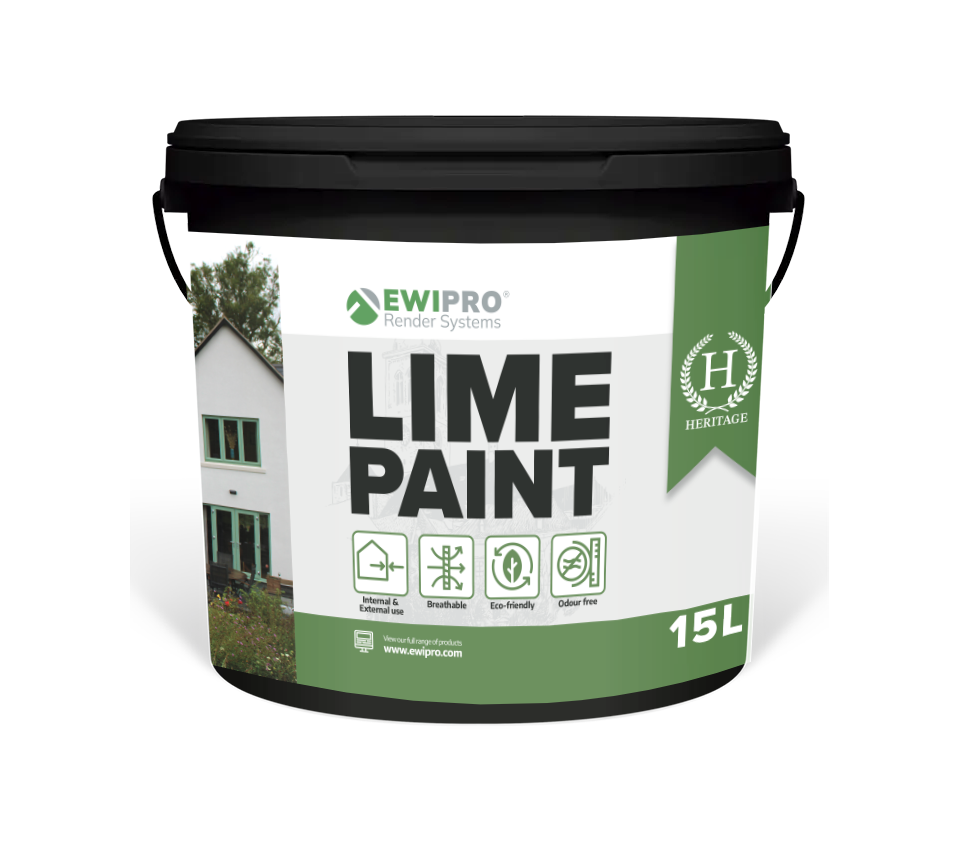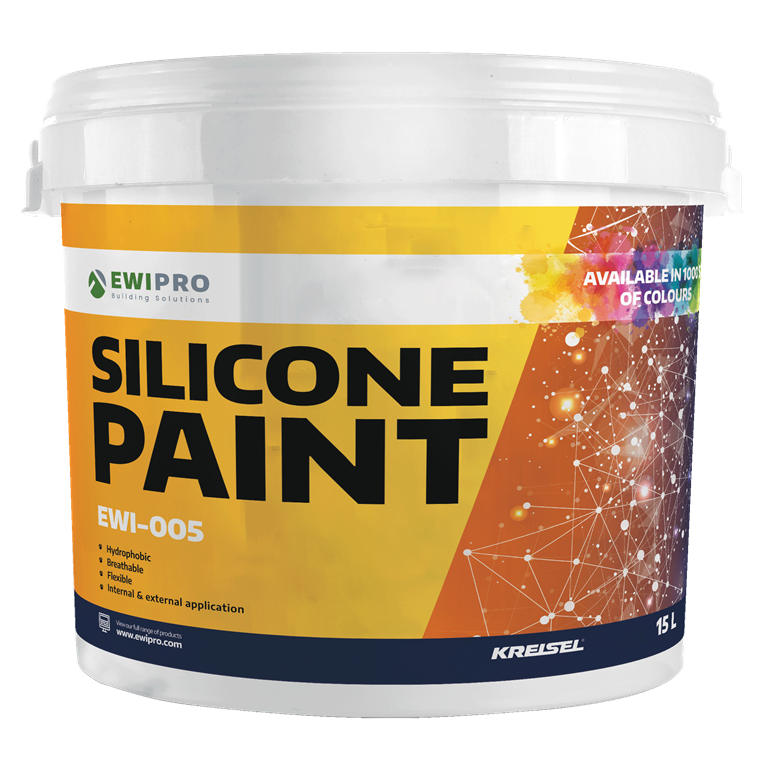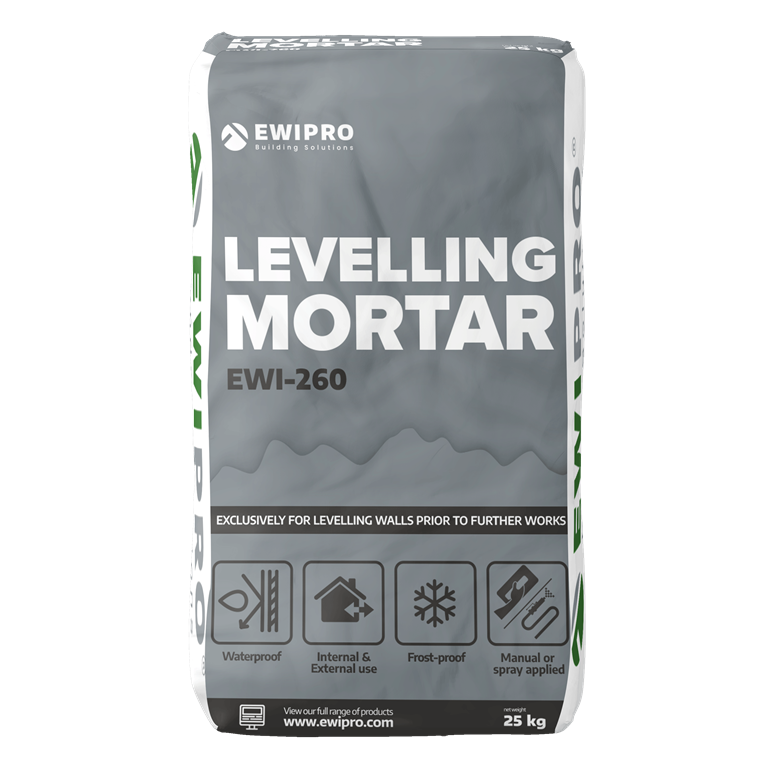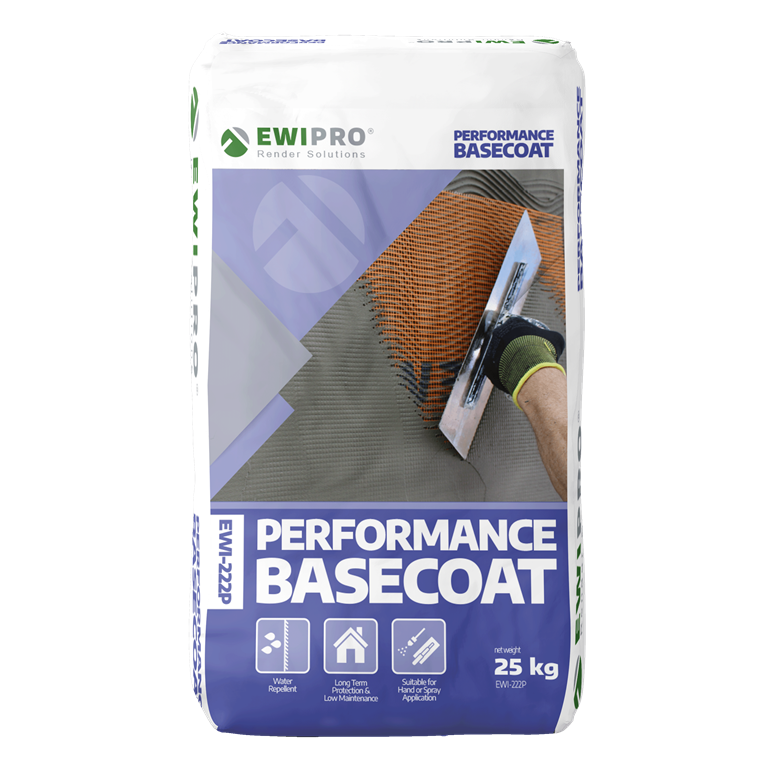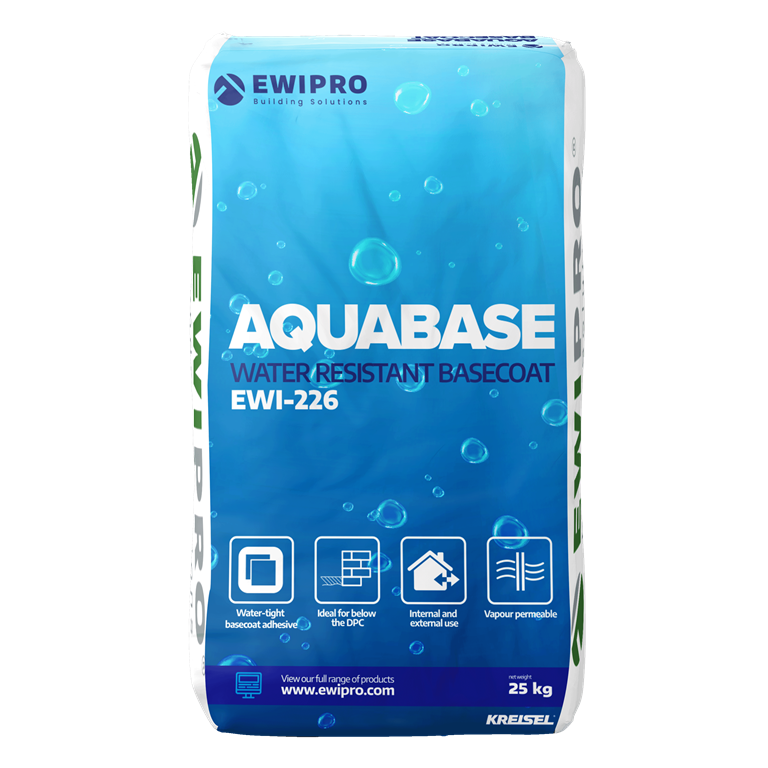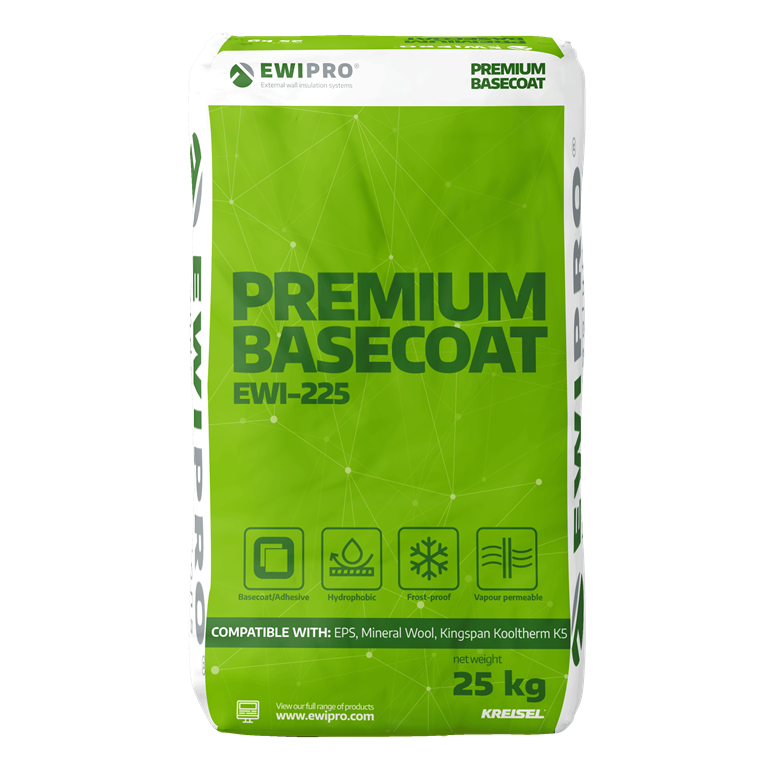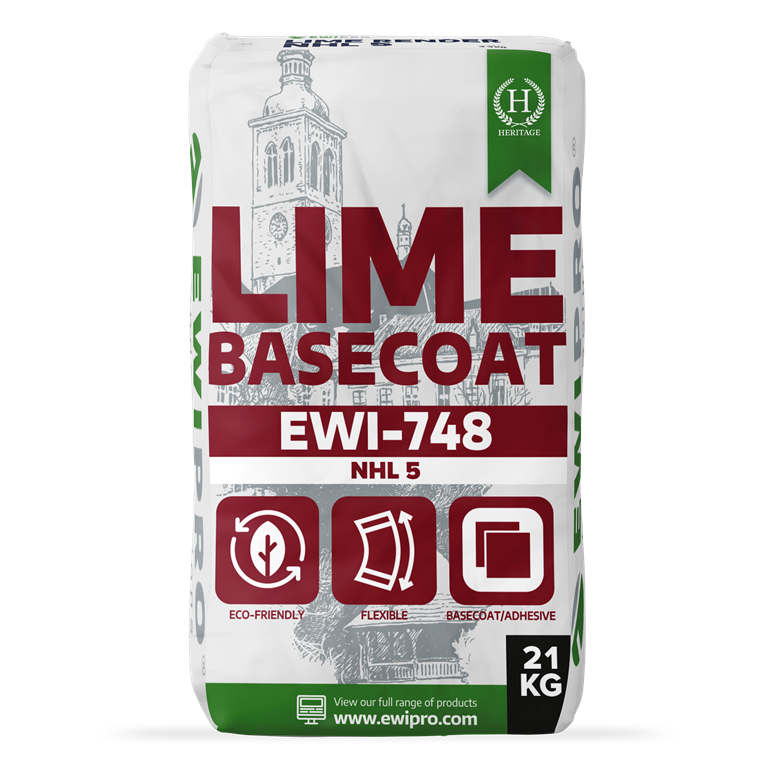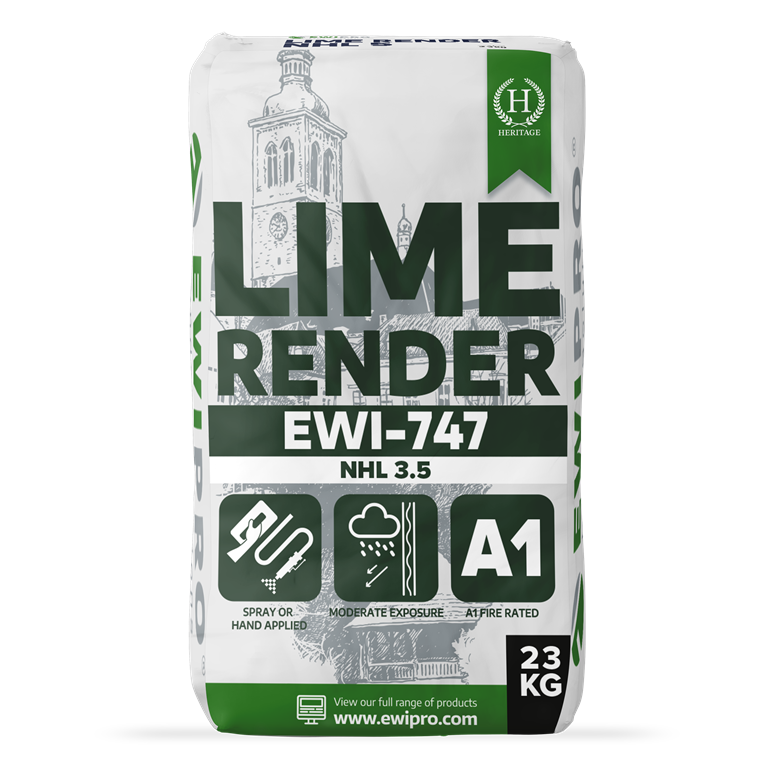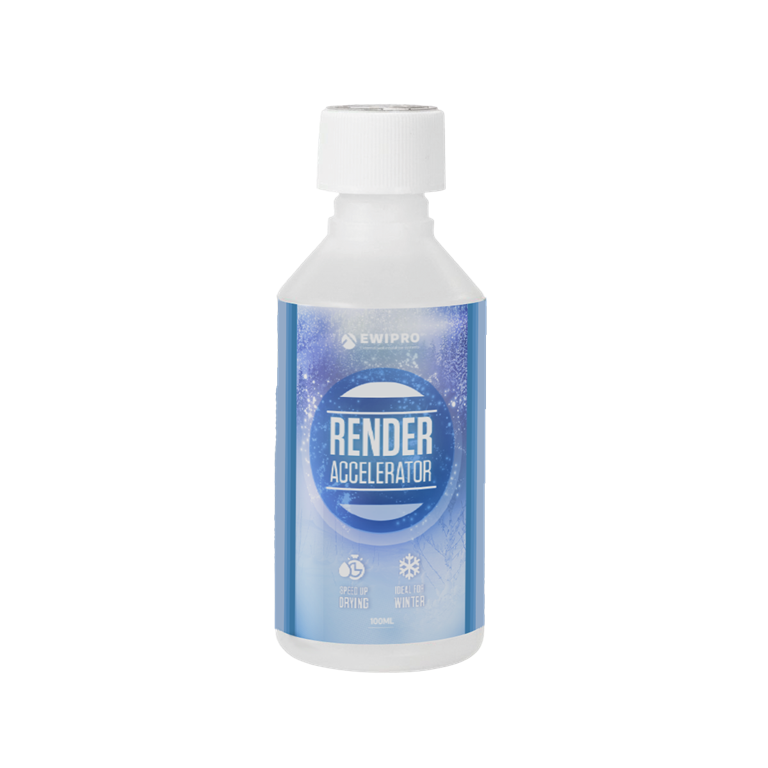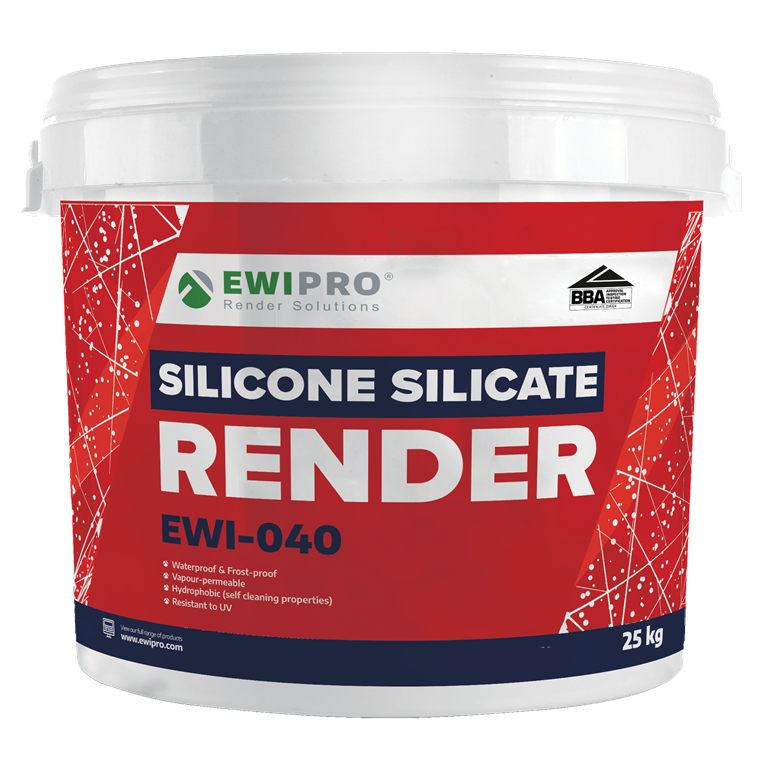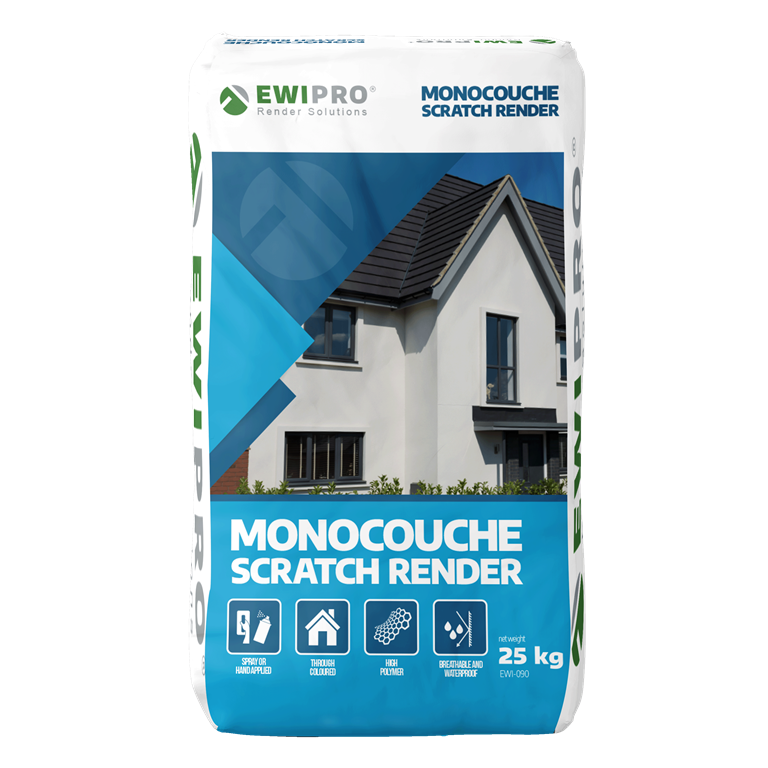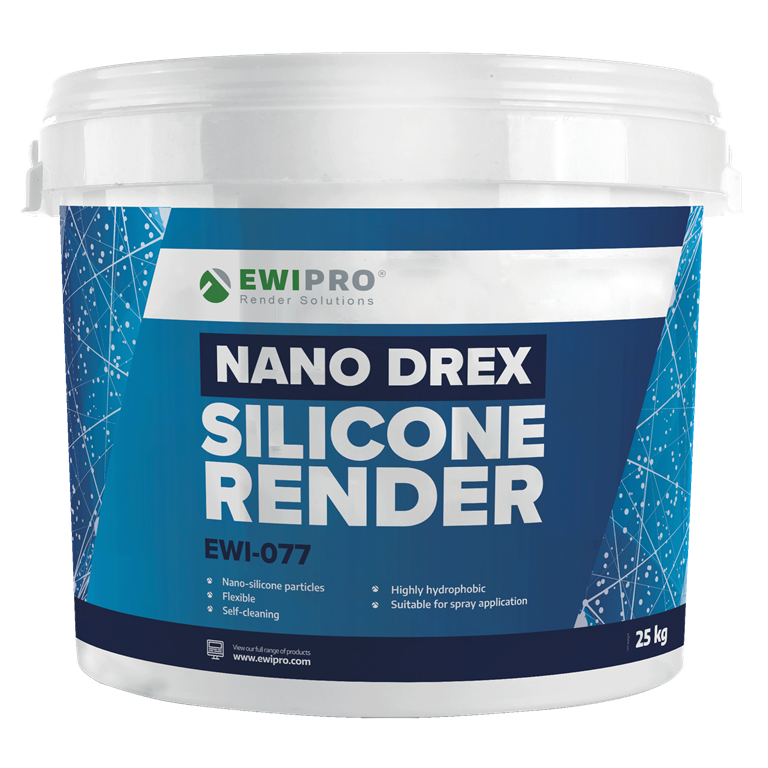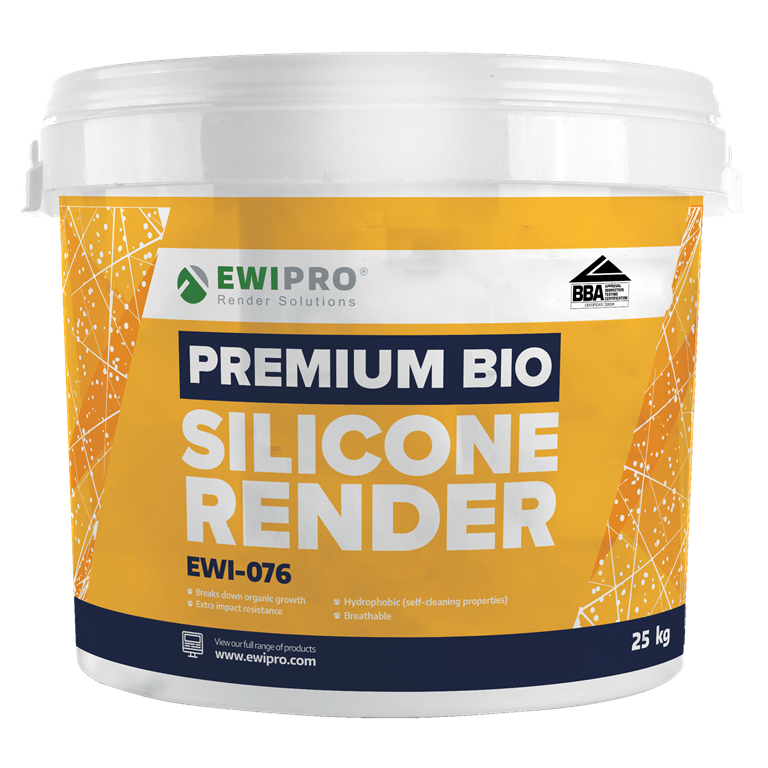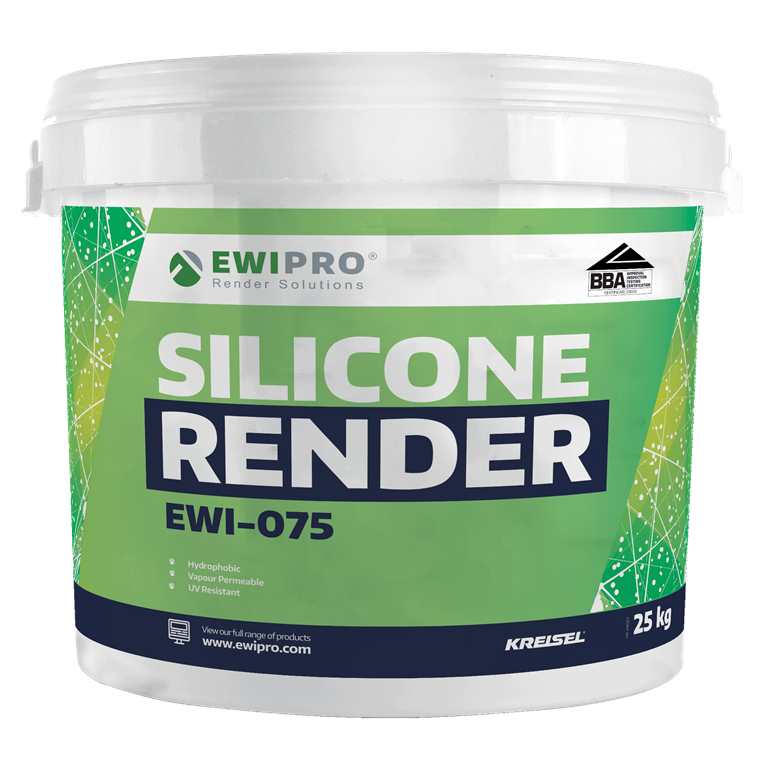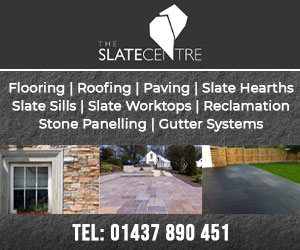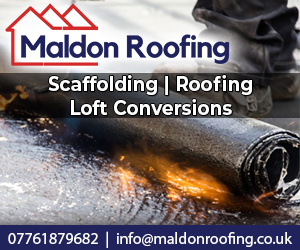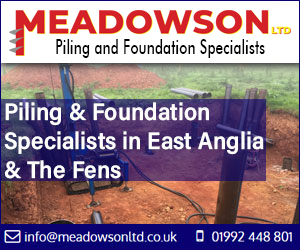Address
Unit 1 & 2
King Georges Trading Estate
King Georges Trading Estate
Chessington
Surrey
London
KT9 1TT
England UK
About EWI Store
We take a whole-system approach to external wall insulation, stocking all the materials required to help installers achieve a stand-out result. Our selection of products is constantly growing as we strive to offer our customers the best possible choice of materials from trusted manufacturers and established brand names.
Offering a comprehensive, quality range of insulation and render products, EWI Store is the place to go for great prices on your render and EWI project.
Whatever your plans, order with us online or over the phone and we’ll get the materials delivered to your home, building project or workplace.
Why Choose EWI Store?
- Speedy delivery
- Quality materials
- Thousands of render colours
- Technical support on-site and over the phone
- Order online or over the phone
- Technical training sessions every Thursday
At EWI store, we take pride in the quality of our render systems. They include range of high-performance and versatile adhesives, basecoats, primers, render carrier boards, thin coat render & silicone paints.
- Silicone Renders
- Lime Renders
- Renders
- Adhesives & Basecoats
- Primers
- Monocouche
- Silicone Paints
- Samples & Catalogues
Insulation & Fixings
Insulation boards are one of the main components of External Wall Insulation systems.
- Insulation Boards
- Insulation: Masonry Fixings
- Insulation: Sheathing Board Fixings
- Insulation Accessories
- Render Carrier Boards
- Carrier Board Fixings
- Scrim & Pin Fixings
- Fire Break Fixings
Beading & Mesh
At EWI Store we stock a broad selection of Beading and also stock Fibreglass Mesh in rolls of 1m2 and 50m2.
Brick Slips
Building Materials
At EWI Store we provide a variety of different building materials that you can use to complete your project to the highest quality.
Tools & Accessories
At EWI Store we have a wide selection of Tools & Accessories available. These range from trowels, spatulas and scarifiers to paint brushers and rollers to spray machines. We have to tools you need in order to make sure your project is completed to the highest standard.
Gallery
Videos
News
History of lime
Lime render has been a staple in construction since ancient times, with remnants of lime-based mortars dating back to 6,500 BC in the Indus Valley. Lime mortars were also incredibly popular in Ancient Egypt, where a simple combination of lime and sand would harden and form limestone. Roman engineers added volcanic ash or brick dust, allowing the mixture to harden faster. The addition of pozzolans created what we now know as hydraulic mortars, which set underwater without exposure to air. The creation of hydraulic lime mortars allowed civil engineering to progress significantly, with aqueducts able to ferry water across cities. Further advancements and improvements have been made, mainly by adding aggregates.
Lime render today
Lime render is composed of hydraulic lime and an aggregate such as sand. EWI Pro Lime Render comes in a dry mix; therefore, adding water creates the paste. Portland cement largely supplanted the use of lime mortars in construction. However, cementitious mixtures tend to be extremely durable, to the point of being inflexible. They are also much heavier and, therefore, unsuitable for refurbishing older, softer building materials. Cement tends to be far less breathable; it evaporates water less than bricks, exasperating any dampness issues. Spalling is an issue that affects cement and concrete plasters as they are susceptible to freeze-thaw cycles. These cycles cause rapid expansion and contraction. Chunks of the material can subsequently delaminate from the substrate.
Lime render is split into hydraulic and non-hydraulic lime; EWI Pro’s Lime Render is hydraulic, which means it sets through hydrolysis. EWI-747 Lime Render and EWI-748 Lime Basecoat come as a dry powder mixed with water on building sites. The NHL tag distinguishes hydraulic lime renders; EWI-747 is NHL 3.5, which makes it regular setting and ideal as an external finish. EWI-748 is NHL 5, which is stronger and faster setting; this makes it suitable for the adherence of insulation boards, particularly mineral wool. The combination of lime render and mineral wool produces a fully breathable system. Lime renders and mortars set and cure, a process which can take several days. However, due to its natural composition, lime is considered self-healing as minor cracks can fill. This accommodates natural building movement and changes in temperature.
Why use lime render?
The primary reason for lime render’s popularity is its breathability; the breathability of lime render refers to its ability to allow water vapour to pass through its structure, facilitating the movement of moisture in and out of a building’s walls. Three factors affect the breathability:
Porosity - Lime render’s breathability is primarily due to its porous structure. The pores within the material create channels for water vapour to move through, allowing moisture to escape from the interior of a building and evaporate on the surface.
Hygroscopicity - Lime render is hygroscopic, absorbing and releasing moisture from the surrounding environment. This characteristic helps regulate humidity levels within a building, as the material can take in moisture when the air is damp and release it when it is dry.
Capillarity - In lime render, capillary action facilitates the transport of moisture through the material, allowing it to evaporate on the surface and further enhancing its breathability.
EWI Pro Lime Range
The EWI Pro Lime Range is continually growing and currently consists of Lime Render, Lime Basecoat, Lime Plaster, Lime Wash, and Lime Paint. As such, it is ideal for all heritage restoration and retrofit projects. The whole range possesses the following characteristics and benefits:
Sacrificial - Ability to protect the underlying structure of a building by gradually wearing away or "sacrificing" itself over time to absorb environmental damage.
Softer than masonry - Because lime render is softer than other building materials, it can take on minor damage from weathering, pollution, and general wear, thus protecting the underlying structure. Over time, lime render may require maintenance or replacement but will prevent deeper structural damage.
Breathable and absorbs and evaporates moisture - Lime render is highly breathable, allowing moisture to escape from the building's fabric, which is essential for older structures made from traditional materials like stone or brick.
Does not leach damaging chemicals - Composed of wholly natural materials with no chemical additives; therefore, there is nothing to leach.
Accommodates movement and thermal expansion - Tied to the sacrificial nature and the innate flexibility of lime render. It can move and heal minor cracks.
Absorbs carbon dioxide - The setting process of carbonation absorbs carbon dioxide.
Lower embodied and operational carbon - Lime render has lower embodied and operational carbon than modern materials. Its production requires less energy due to l
Lime render has been a staple in construction since ancient times, with remnants of lime-based mortars dating back to 6,500 BC in the Indus Valley. Lime mortars were also incredibly popular in Ancient Egypt, where a simple combination of lime and sand would harden and form limestone. Roman engineers added volcanic ash or brick dust, allowing the mixture to harden faster. The addition of pozzolans created what we now know as hydraulic mortars, which set underwater without exposure to air. The creation of hydraulic lime mortars allowed civil engineering to progress significantly, with aqueducts able to ferry water across cities. Further advancements and improvements have been made, mainly by adding aggregates.
Lime render today
Lime render is composed of hydraulic lime and an aggregate such as sand. EWI Pro Lime Render comes in a dry mix; therefore, adding water creates the paste. Portland cement largely supplanted the use of lime mortars in construction. However, cementitious mixtures tend to be extremely durable, to the point of being inflexible. They are also much heavier and, therefore, unsuitable for refurbishing older, softer building materials. Cement tends to be far less breathable; it evaporates water less than bricks, exasperating any dampness issues. Spalling is an issue that affects cement and concrete plasters as they are susceptible to freeze-thaw cycles. These cycles cause rapid expansion and contraction. Chunks of the material can subsequently delaminate from the substrate.
Lime render is split into hydraulic and non-hydraulic lime; EWI Pro’s Lime Render is hydraulic, which means it sets through hydrolysis. EWI-747 Lime Render and EWI-748 Lime Basecoat come as a dry powder mixed with water on building sites. The NHL tag distinguishes hydraulic lime renders; EWI-747 is NHL 3.5, which makes it regular setting and ideal as an external finish. EWI-748 is NHL 5, which is stronger and faster setting; this makes it suitable for the adherence of insulation boards, particularly mineral wool. The combination of lime render and mineral wool produces a fully breathable system. Lime renders and mortars set and cure, a process which can take several days. However, due to its natural composition, lime is considered self-healing as minor cracks can fill. This accommodates natural building movement and changes in temperature.
Why use lime render?
The primary reason for lime render’s popularity is its breathability; the breathability of lime render refers to its ability to allow water vapour to pass through its structure, facilitating the movement of moisture in and out of a building’s walls. Three factors affect the breathability:
Porosity - Lime render’s breathability is primarily due to its porous structure. The pores within the material create channels for water vapour to move through, allowing moisture to escape from the interior of a building and evaporate on the surface.
Hygroscopicity - Lime render is hygroscopic, absorbing and releasing moisture from the surrounding environment. This characteristic helps regulate humidity levels within a building, as the material can take in moisture when the air is damp and release it when it is dry.
Capillarity - In lime render, capillary action facilitates the transport of moisture through the material, allowing it to evaporate on the surface and further enhancing its breathability.
EWI Pro Lime Range
The EWI Pro Lime Range is continually growing and currently consists of Lime Render, Lime Basecoat, Lime Plaster, Lime Wash, and Lime Paint. As such, it is ideal for all heritage restoration and retrofit projects. The whole range possesses the following characteristics and benefits:
Sacrificial - Ability to protect the underlying structure of a building by gradually wearing away or "sacrificing" itself over time to absorb environmental damage.
Softer than masonry - Because lime render is softer than other building materials, it can take on minor damage from weathering, pollution, and general wear, thus protecting the underlying structure. Over time, lime render may require maintenance or replacement but will prevent deeper structural damage.
Breathable and absorbs and evaporates moisture - Lime render is highly breathable, allowing moisture to escape from the building's fabric, which is essential for older structures made from traditional materials like stone or brick.
Does not leach damaging chemicals - Composed of wholly natural materials with no chemical additives; therefore, there is nothing to leach.
Accommodates movement and thermal expansion - Tied to the sacrificial nature and the innate flexibility of lime render. It can move and heal minor cracks.
Absorbs carbon dioxide - The setting process of carbonation absorbs carbon dioxide.
Lower embodied and operational carbon - Lime render has lower embodied and operational carbon than modern materials. Its production requires less energy due to l
 UK
UK Ireland
Ireland Scotland
Scotland London
London






